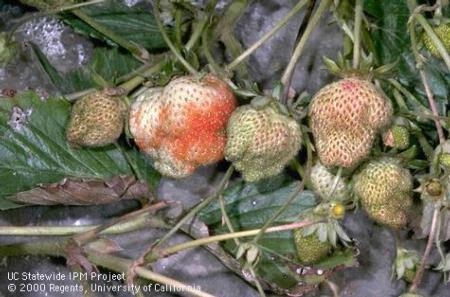- Author: Chris M. Webb
UCCE Farm Advisor, Oleg Daugovish recently participated in a trip sponsored by the Partners of Americas Farmer to Farmer Program. This program is designed to improve economic opportunities of people living in rural areas of Latin America and the Carribbean.
Over nine days, Oleg helped participants in the Dominican Republic (DR ) learn how to increase food production and distribution, suggested improvements for farm operations and conserving natural resources. Most producers in this area of the world have small acreage and part of the production takes place in greenhouses or under tunnels. Most operations use drip irrigation. Greenhouses are equipped with double screen doors. Diagnostic facilities are not readily available.
Much like in Ventura County, many of the farmers Oleg worked with in DR grew strawberries and peppers. Growers in both places face many of the same challenges, but with different climates and infrastructures. While in the Dominican Republic Oleg covered many miles, visited multiple farms per day, and educated a lot of people at several meetings.
Topics covered included:
- Weed management
- Anaerobic Soil Disinfestation (ASD)
- Substrates
- Fumigation
- Quality of planting material
- Crop rotation
- Slight adjustments in production to increase yield
- Propagation
In addition to the help he provided in person, Oleg shared the following UC ANR online resources with DR farmers.
- University of California post-harvest management for fruits and vegetables (en Espanol) -- the produce facts sheets are available in several languages
- University of California IPM guidelines, available for most crops, including strawberry (en Espanol). This site has a crop –specific pest and weed management treatment table for each pest/weed/pathogen and is updated frequently
- Phytophthora spp. seem to be prevalent among soil-borne pathogens in the DR. Aside from fumigation and ASD, phosphorus acid materials can be used such as Fosfite, Alliete or others containing the same active ingredient. Details are at this page of the University of California IPM website.
- Section of web-page for Strawberry production at the UCCE-Ventura County website. The menu on the left contains presentations on various subjects and links to UC weed susceptibility chart for herbicides available in California and cost and return studies for crops
- Foundation plant Services at U. California – strawberry. The site provides info about obtaining the UC varieties of strawberries.
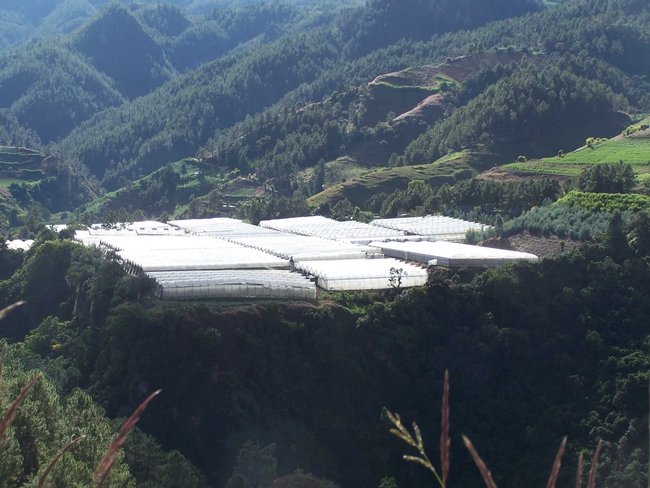
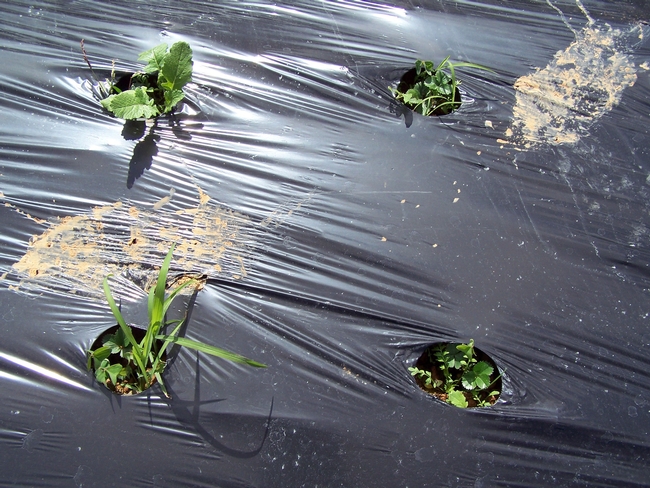
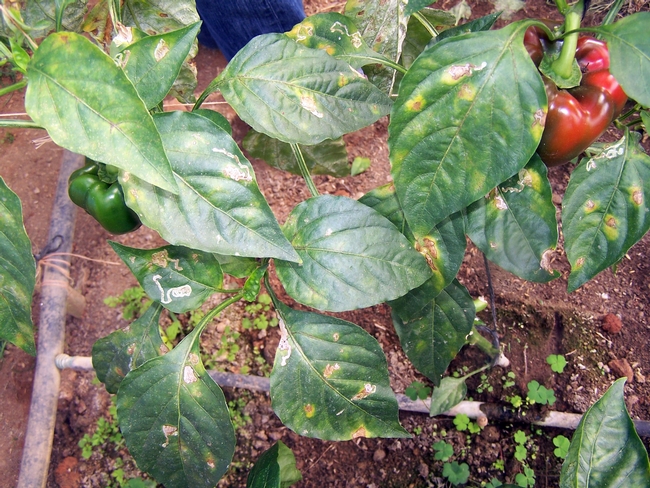
- Author: Chris M. Webb
The University of California Agriculture and Natural Resources Division (UC ANR) has recently released a new priced publication, Cover Cropping for Vegetable Production: A Grower’s Handbook.
Written by a collaborative of UC researchers, including Ventura County Farm Advisor Oleg Daugovish this handbook brings together the expertise of many.
Topics include:
- Introduction of cover crops for vegetables and their uses
- Botany and species selection
- Agricultural soil ecology
- Water management and impacts on water quality
- Soil nitrogen fertility management
- Weeds
- Soilborne pathogens
- Plant and soil nematodes
- Arthropods
- Cover crop management
- Economics
We currently have a few copies for sale in the office, or you may purchase online. If purchasing online, please use promo code PRVEN56 to receive 10% off your order.
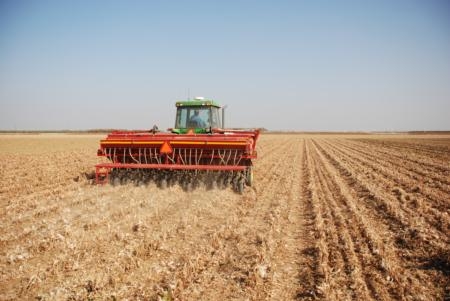
- Author: Chris M. Webb
The 10th Annual Strawberry Production Meeting in Ventura County was held in September.
We are happy to announce presentations from the meeting have been placed on this page of our website.
Please let us know if you are interested in being placed on the strawberry production email list. Inclusion on the email list allows for direct notice of upcoming meetings and information related to strawberry production.
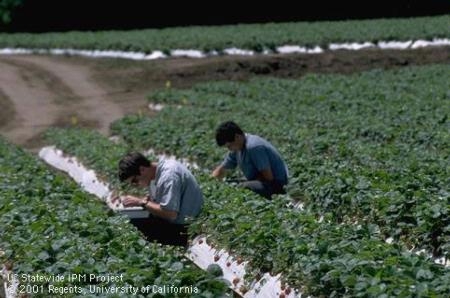
- Author: Chris M. Webb
In June of this year, three University of California scientists went to the Kitui District of Kenya on a USAID mission.
Food and water scarcity are simply a part of life for most in this region. Since 1992 the Sahelian Solution Foundation (SASOL) has been constructing dams and working with Kitui communities to address water scarcity and issues of community development and agricultural production.
Agricultural production in Kenya is full of challenges. Water is carried by hand from wells or dams for household and agricultural needs. Previous to this mission crops were watered inefficiently by flooding small basins. Nitrogen tests in some locations revealed levels at which most vegetable crops would be nitrogen deficient. Some of the villages have no road access.
UC’s Steve Fennimore, Jeff Mitchell, and Oleg Daugovish went to help SASOL and the people they serve make better use of their resources.
They met with village leaders and SASOL personnel in Kitui. Here they provided training and demonstrations covering topics including:
- Demonstrations of gravity-flow drip irrigation systems from water tanks to individual beds with irrigation lines
- Discussed use of mulches on soil to minimize evaporation and enhance soil conservation
- Solarization, nursery for transplants, diseases and insects, training tomato plants and culture
- Soil types, determination of soil moisture, quick nitrogen test, use of cover crops and mulches
- Water quality (pH, hardness, salts), organic fertilizers, collection and use of urine as a rapidly available nitrogen source.
Later the information was shared in the Maito village, where onions, green kale and green grams (Phasleolus aureus) are grown. The next day found the group in the Kituvwi village, where due to poor crop production meals are currently limited to once a day. The following day was spent in the Kathayoni village. Farmers in the Kathayoni village grow kale, onions and tomatoes.
SASOL will continue the training for members in villages not reached during this visit.
The majority of farmers in the Kitui District are women. Information was well received in all locations and many questions were asked. At each village the scientists were fed a stew of corns and beans, supplemented by avocado slices or bread, with tea and milk to drink.
The last day time was spent at the South East University College. Potential for agricultural experimentation and greenhouses was discussed, and UC scientists gave a seminar about UCCE function and on anaerobic soil-borne pest control.
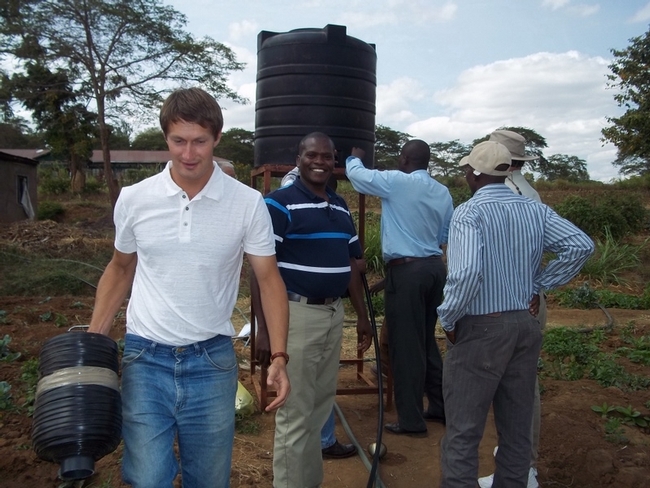
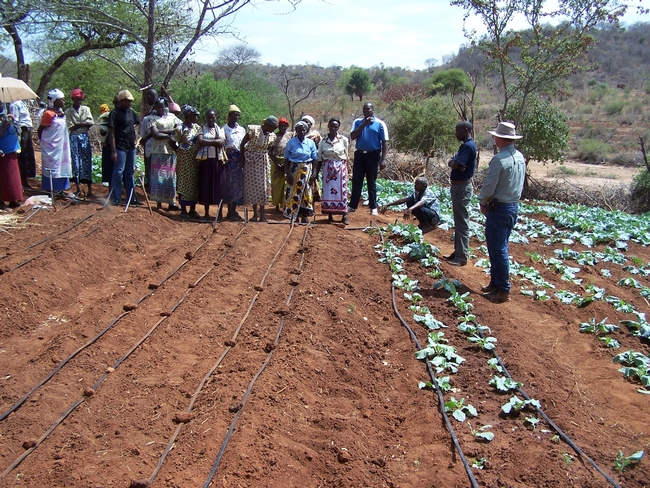
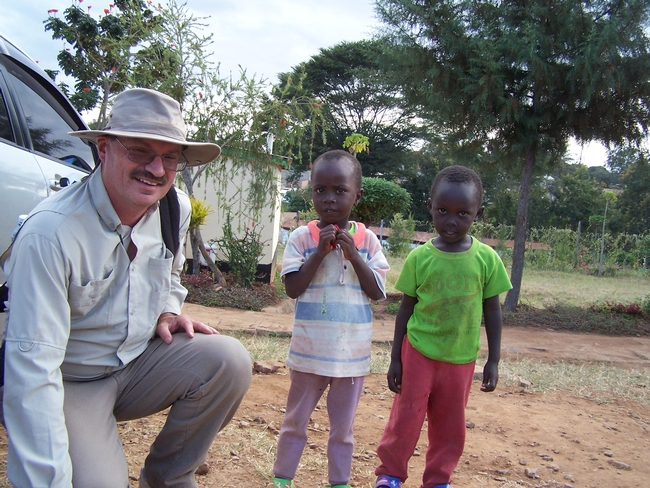
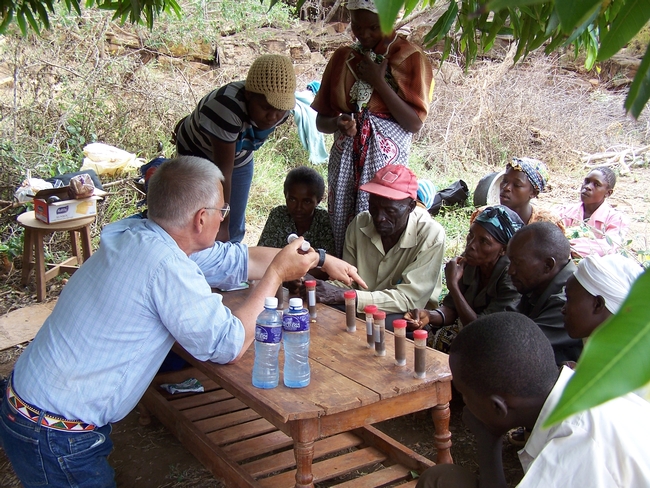
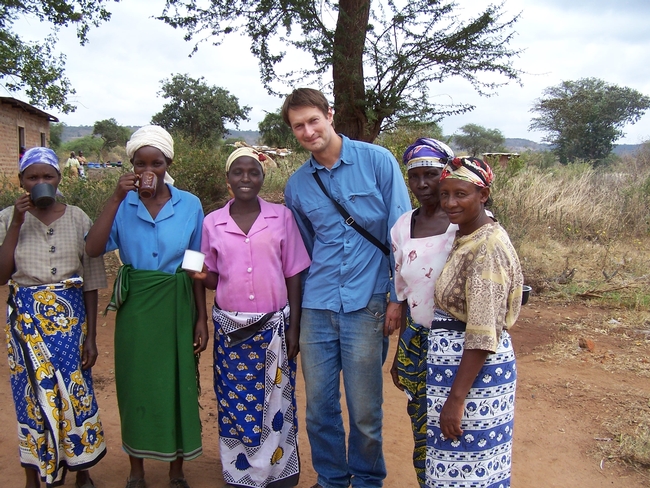
- Author: Chris M. Webb
On Wednesday, September 7 from 7:30 am – 12:30 pm, UC Cooperative Extension Farm Advisor Oleg Daugovish will hold the 10th Annual Strawberry Production Meeting in Ventura County.
The meeting will be presented in English with simultaneous interpretation into Spanish. There is no cost to attend.
Scheduled topics include:
- Southern California strawberry research update: varieties and production.
- Investigation of Macrophomina and Fusarium spp., including research update on biology and management, and results from 2010-2011 non-fumigated field trials.
- Fungicide evaluations in strawberry.
- Lewis mite, thrips and Lygus research update.
- Update of herbicide efficacy and safety for nutsedge control in strawberry.
- California Strawberry Commission update on regulatory research inssues in strawberry production.
Continuous education credits have been requested from DPR.
Lunch will be provided. Details can be found here. To register, request special arrangements, or to ask questions please contact Oleg by email or by phone at (805) 645-1454 by August 31.
